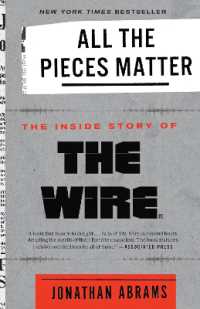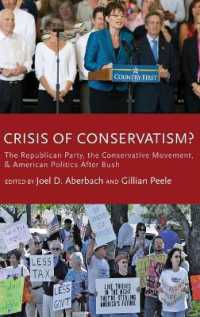Full Description
The theory of multiple intelligences (MI) shows that there is much more to intelligence than high IQ, good spelling or quick mental maths - in fact there's a whole variety of ways to be clever, including musically, verbally, interpersonally, kinaesthetically and naturalistically. MI is a powerful tool that helps you to appreciate and enrich the talents of all your learners, whatever their age. Creating an understanding of MI in schools has been shown to improve pupils' self-esteem, self-motivation and independence, and to help underachievers realize their potential. The book includes: explanations of the different intelligences; activities to explore MI with your learners; practical ways to build MI into everyday teaching; how to use MI to personalize learning; creating an MI-friendly learning environment; and case studies showing successful MI practice. This accessible guide gives a clear introduction to MI and provides concrete examples of how you can use it in your teaching.
Contents
Author's acknowledgements Foreword A word about MI in education Introduction Section 1: Discovering MI Personalizing Learning What is intelligence? MI, IQ and g How you shape intelligence Eight and a half ways to be clever How to be brainy The cornerstones of MI Section 2: Using MI Preparing to use MI Stage 1: How to understand MI Stage 2: How to speak MI language Stage 3: How to build MI profiles Stage 4: How to create an MI-friendly environment Stage 5: How to teach and learn with MI Putting it all together Photocopiable resources Further reading and resources Index







